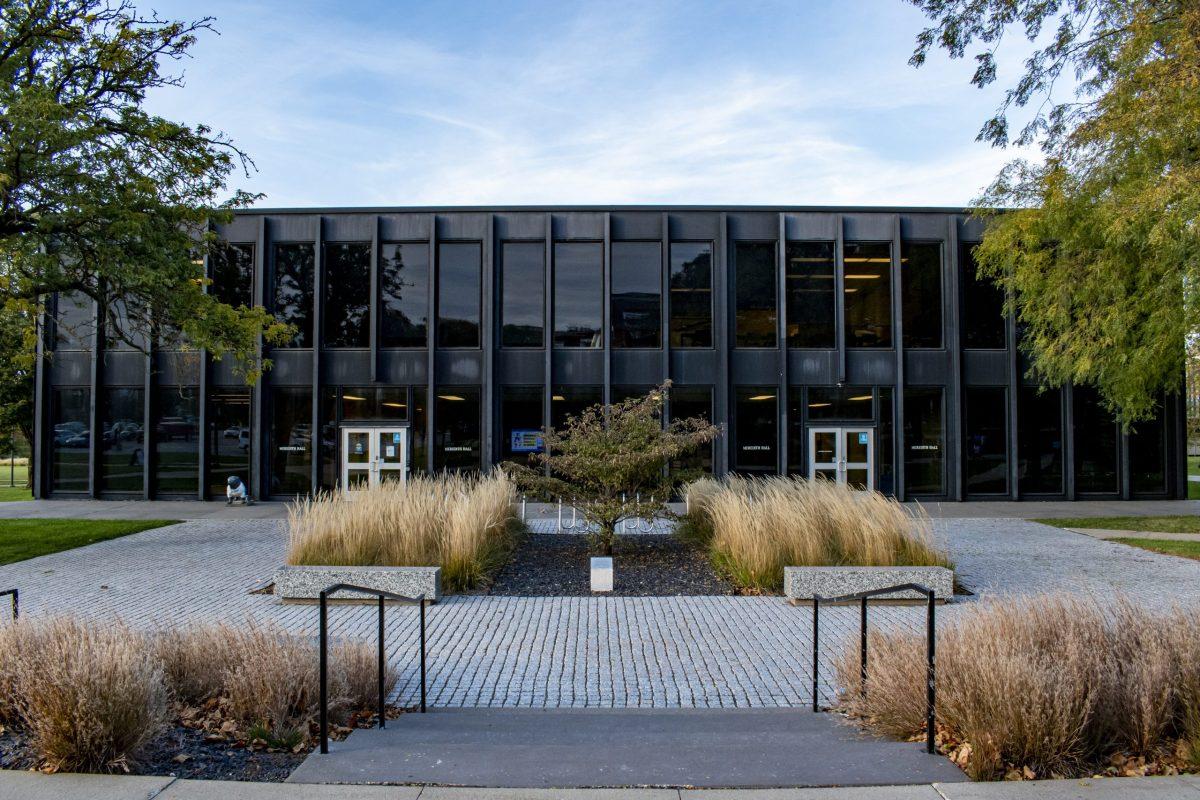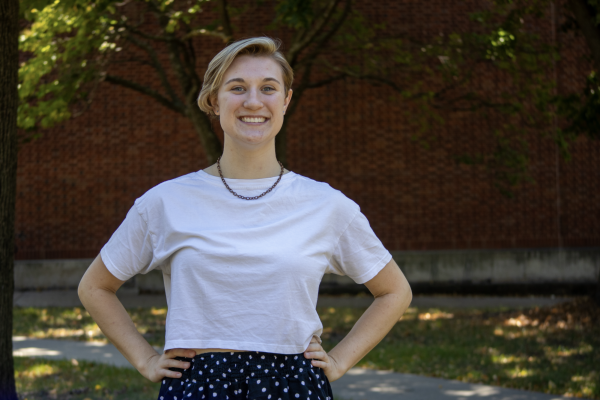Plans for a Meredith Hall renovation years in the making have been approved by the Drake University Board of Trustees.
The renovation plans include updates to existing structures, such as the heating and cooling system, the bathrooms, the lecture halls and the central outdoor atrium space. In addition, the renovated basement will include a new video editing station and film viewing room, and certain areas of the hall may be transformed into collaboration spaces.
Meredith Hall serves as the primary location of the School of Journalism and Mass Communication. Since Meredith Hall will be out of commission during the Fall 2022 semester due to the renovations, the relocation of Meredith’s TV and podcast studios and computer labs has been a central point of discussion for SJMC faculty, according to SJMC dean Kathleen Richardson.
“It does make me a little nervous knowing that the School of Journalism is going to be moved out of the building, but it’s really exciting to think that when we come back we’ll have such improved spaces and technology,” said Maddi Cave, a first-year student studying public relations in the SJMC.
Between the SJMC, certain liberal arts programs and various campus organizations, Meredith Hall is the most widely utilized building on campus, with the equivalent of 5,000 students making use of the building each semester. Because of its high usage, the registrar’s office has already begun investigating where to relocate classes and faculty typically housed in Meredith.
Richardson explained that the office is considering both traditional and non-traditional classroom spaces, such as spaces in the Olmsted Center. To minimize the project’s disturbance to students, Richardson said the office is working with faculty to anticipate what classes they will be offering next semester.
“It’s going to be a headache for a lot of people on campus because it affects not only the students and faculty who are in the building, but then once everybody gets pushed out it’s going to impact practically everybody on campus,” Richardson said. “But at the same time, it’s a limited amount of time, and I think once it’s all done that the university is going to have a project that we can all really be proud of and that can enhance the educational experience for generations of faculty and students to come.”
One of the central challenges of the project, Richardson said, is renovating Meredith Hall while preserving the building’s historic integrity. The building was designed in the 1960s by German architect Mies van der Rohe, who was considered to be one of the greatest architects of that decade, and Drake officials said that architectural tourists occasionally visit the building. For this reason, the Board of Trustees and the architectural firm BNIM are collaborating with the State Historical Preservation Office to ensure that the renovations respect van der Rohe’s vision.
“I realized, when we started talking about how the building needed to be refreshed, that if we were going to do it we would need to do it very carefully and very respectfully,” said Kathleen Richardson, the dean of the School of Journalism and Mass Communication. “The eyes of the architectural community would be upon us.”
The Board of Trustees is also working with the architects to apply to add the building to the National Register of Historic Places, according to Richardson. This is one requirement the building will need to meet to qualify for the Iowa Economic Development Authority’s historic tax credit, which Vice President for University Advancement John Smith said will contribute to funding the renovation project.
As the Office of Development was exploring sources of funding, they also turned to individuals and entities with historic connections to Drake, according to Smith. The project’s first and most generous donor was the Meredith Corporation and the Meredith Family, who Smith said contributed a combined three million to the project. The Office of Development also solicited support from Drake alumni to fund the $10 million project, of which the University has currently raised eight million, according to Smith.
“We will remain committed to and continue to promote the Meredith project as a funding opportunity, and there is an expectation to raise additional resources. We are optimistic that throughout the course of this academic year we’ll be able to identify additional prospects and invite further support,” Smith said.
Richardson said that plans for the project will be finalized in December after future meetings with the architectural firm and the Board of Trustees. Construction is set to begin following the 2022 spring semester and is expected to conclude in January 2023.
“We’re certainly hopeful that the revitalization of Meredith, while temporarily disruptive to our students, will be something that they recognize and celebrate when the project is complete,” Smith said. “[Hopefully they] can find their own inspiration in recognizing that they too will have a lifelong relationship with the University and will be able to find ways in the future to create opportunities for that next generation of students.”














